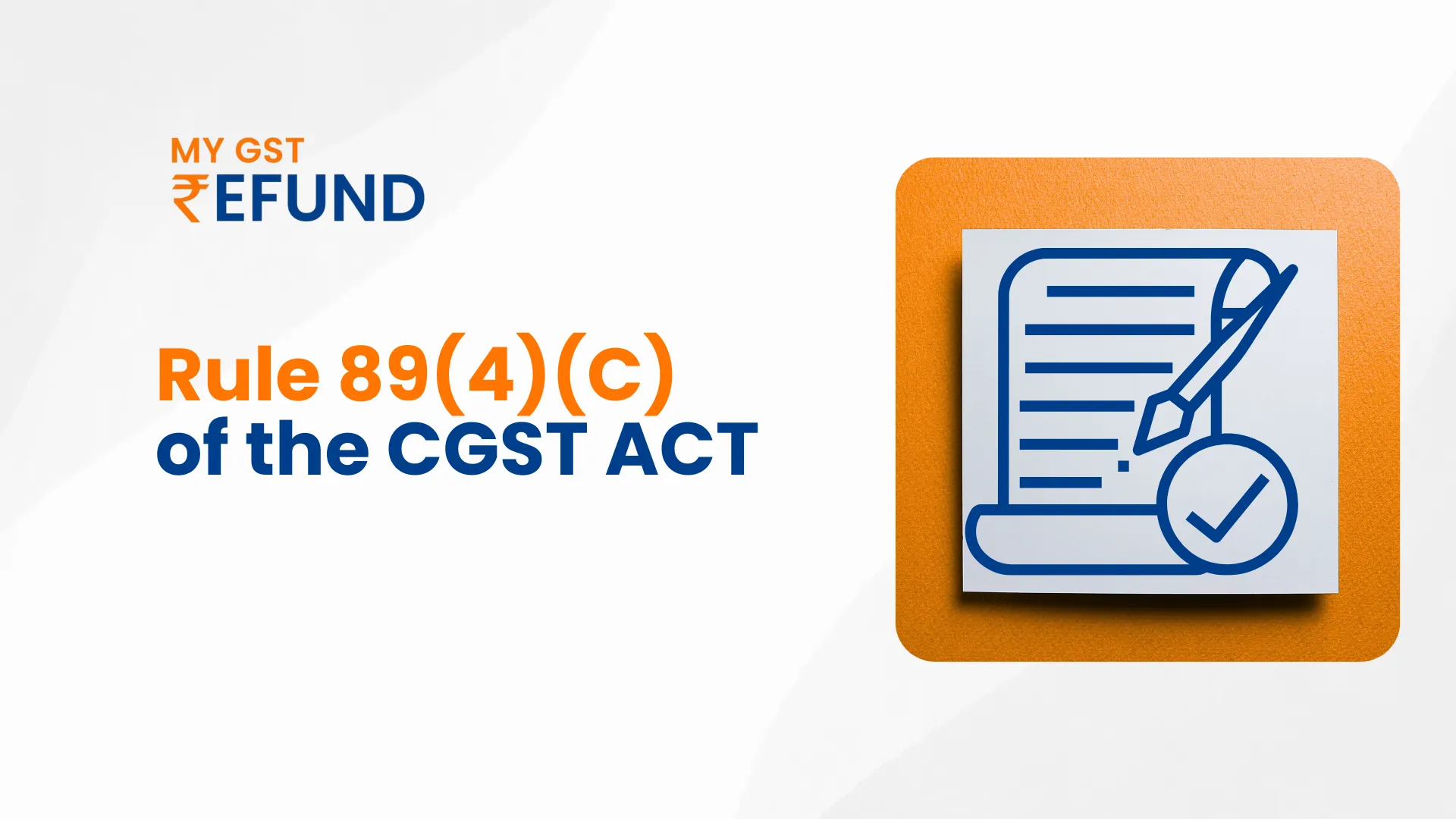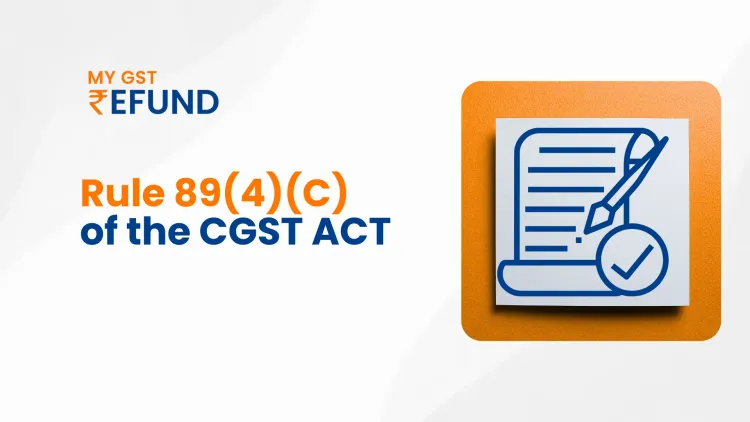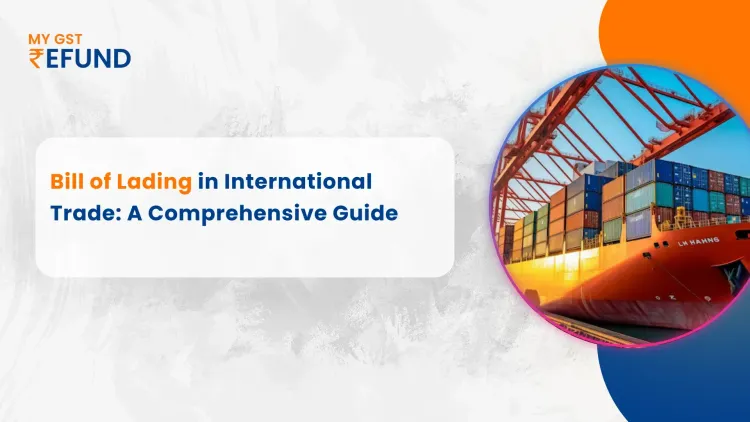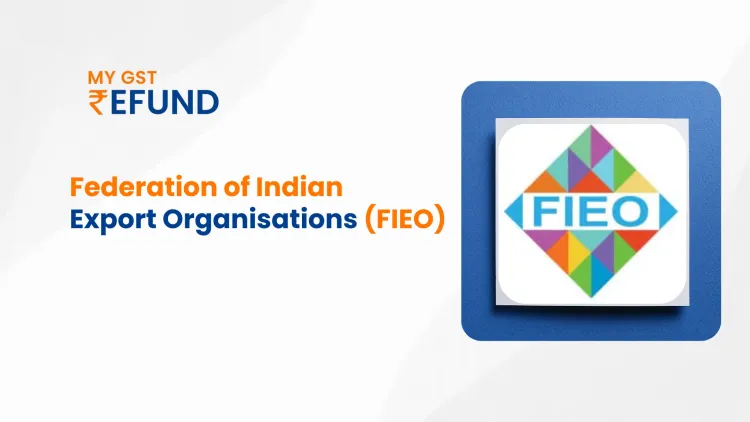Understanding Rule 89(4) and Sub-Clause (C)
Rule 89(4) provides the formula for calculating refunds of unutilized ITC for zero-rated supplies made without payment of tax under a bond or Letter of Undertaking (LUT). The formula is:
Refund Amount = (Turnover of zero-rated supply of goods + Turnover of zero-rated supply of services) × Net ITC ÷ Adjusted Total Turnover
Where:
- Net ITC = Input tax credit availed on inputs and input services during the relevant period.
- Adjusted Total Turnover = Total turnover excluding exempt supplies (other than zero-rated supplies).
- Turnover of zero-rated supply of goods = Defined under Rule 89(4)(C).
Definition of Turnover of Zero-Rated Supply of Goods (Pre-Amendment)
Before its amendment, Rule 89(4)(C) stated:
"Turnover of zero-rated supply of goods" means the value of zero-rated supply of goods made during the relevant period without payment of tax under bond or LUT, other than the turnover of supplies in respect of which refund is claimed under sub-rules (4A) or (4B) or both.
This allowed exporters to claim refunds based on actual export value, ensuring that ITC accumulated on inputs used for exports could be fully refunded, promoting the principle that exports should be zero-rated and tax-free.
The Amendment to Rule 89(4)(C)
On March 23, 2020, the CBIC issued Notification No. 16/2020-Central Tax, amending Rule 89(4)(C). The new definition reads:
"Turnover of zero-rated supply of goods" means the value of zero-rated supply of goods made during the relevant period without payment of tax under bond or LUT or the value that is 1.5 times the value of like goods domestically supplied by the same or a similarly placed supplier, whichever is less, other than the turnover of supplies in respect of which refund is claimed under sub-rules (4A) or (4B) or both.
Key Changes Introduced:
- A cap on the refund turnover.
- Export turnover is now the lower of:
- Actual export value, or
- 1.5× the value of similar goods supplied domestically.
Objective Behind the Amendment
The government sought to limit cases of over-invoicing and fictitious refund claims by tying export values to local market prices, thus establishing a reasonable ceiling on refund entitlement.
Legal Challenges and Industry Response
The amendment was soon the subject of legal challenge and industry-wide criticism:
- Violation of Zero-Rating Principle: Exporters contended that the amendment negated the purpose of granting exports tax-free status, since they were not able to recover the full amount of carried forward ITC.
- No Power to Amend Rules Beyond the Act: A number of high courts noted that rules cannot prevail over the Act. As the CGST Act, 2017, itself does not provide any such limitation on export turnover, the limit imposed by Rule 89(4)(C) was held to be ultra vires (beyond the legal power or authority).
- Court Judgments: Courts such as the Gujarat High Court (in M/s. Amit Cotton Industries vs. Principal Commissioner of Customs) invalidated the limitation created by the amended Rule 89(4)(C) as ultra vires the CGST Act.
- Government's Stand: In spite of negative judgments, the government is still upholding the amendment on the grounds of the need to prevent revenue leakage.
Practical Example to Understand Rule 89(4)(C) (Post-Amendment)
Example:
Exporter A exports handmade carpets.
Actual export value: ₹ 1,00,00,000
Domestic sale value of similar carpets: ₹ 40,00,000
Applying amended Rule 89(4)(C):
1.5 × Domestic sale value = 1.5 × ₹ 40,00,000 = ₹ 60,00,000
Turnover of zero-rated supply of goods = Lower of ₹ 1,00,00,000 and ₹ 60,00,000 = ₹ 60,00,000
Thus, while calculating the refund under Rule 89(4), Exporter A will have to use ₹ 60,00,000 as the turnover of zero-rated supply of goods, not ₹ 1,00,00,000, leading to a lower refund claim than earlier.
Conclusion
Rule 89(4)(C) is critical to GST refund computation for exporters. The amendment in 2020 was designed to prevent bogus claims but created greater compliance difficulties and reduced the entitlement to a refund for legitimate exporters. While some high courts have held the ban invalid, the problem continues to be important for exporters, professionals, and policy makers.
Exporters have to be careful when making claims for refund and keep proper records to ascertain the value of similar goods supplied locally to prevent litigations. In the meantime, the industry still awaits a potential rationalization of this provision, either by further amendment or by clear judicial pronouncements.
Also Read : Rule 86B of GST: Restricting the use of ITC
Related Posts








